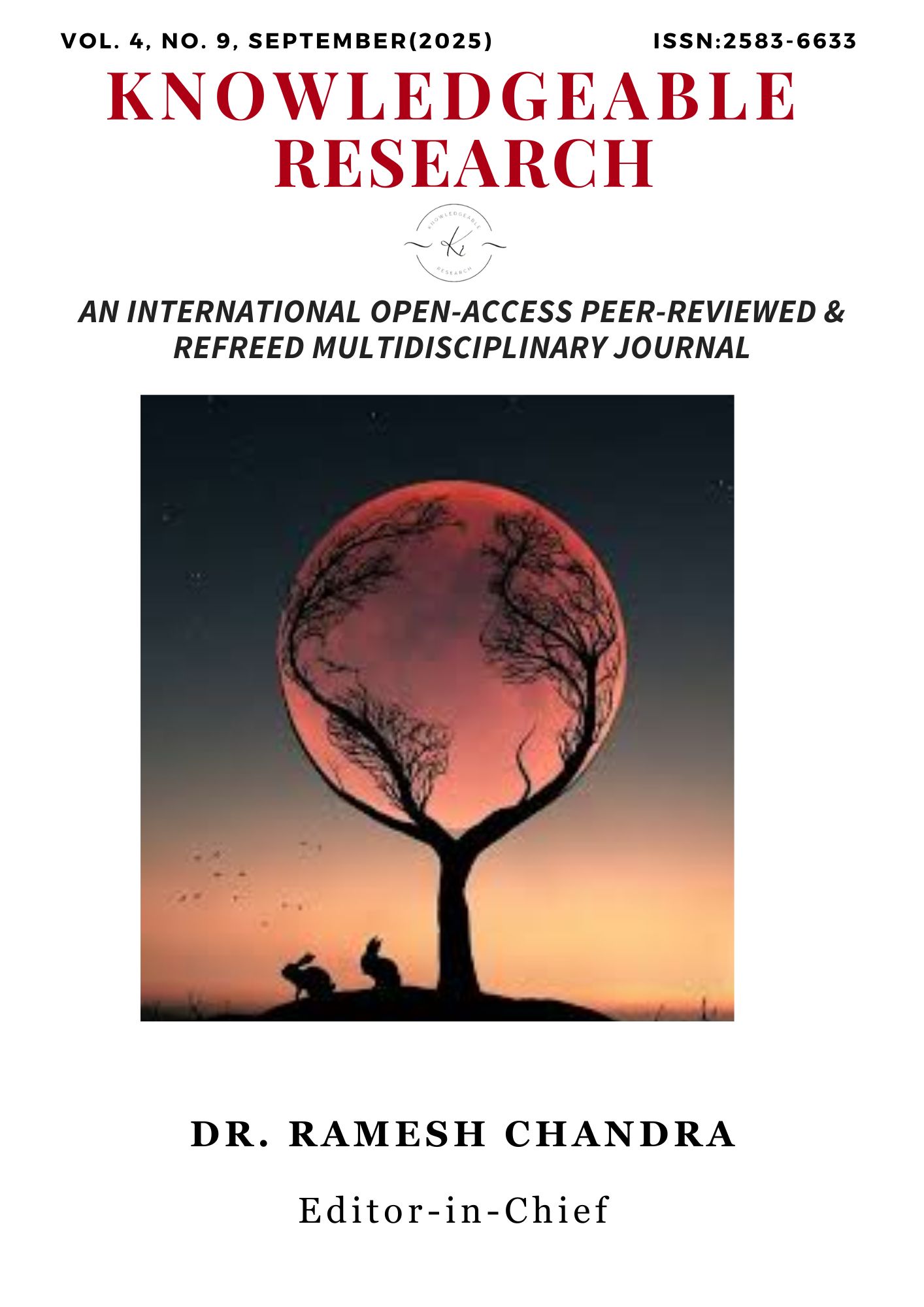Jammu-Kashmir in the Indian federal structure and the end of Article 370
Main Article Content
Abstract
The state of Jammu and Kashmir (present-day Union Territories of Jammu and Kashmir and Ladakh) holds a significant place in Indian history and politics. Ruled by the Dogra kings, this state was one of the five princely states under British colonial rule. According to the Indian Independence Act of 1947, the rulers of princely states were free to accede to either India or Pakistan. At that time, Maharaja Hari Singh ruled, but he remained undecided about the merger of his state until India's independence. Subsequently, following Pakistan's attack on the state and the changed circumstances, the Maharaja signed the Instrument of Accession on October 26, 1947, merging the state with India. Consequently, Article 370 was incorporated into Part 21 of the Indian Constitution, titled "Temporary and Provisions." On October 17, 1947, Gopalaswami Ayyangar, who was handling the Kashmir issue, introduced Article 306(A) in the Constituent Assembly, which was incorporated into the Indian Constitution as Article 370. Nearly 70 years after the implementation of the Constitution, not only has Article 370 been abolished but the full state has also been divided into two union territories.
Article Details
Section

This work is licensed under a Creative Commons Attribution-NonCommercial 4.0 International License.

